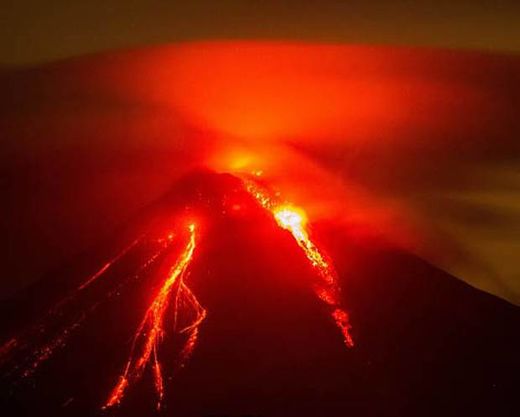
Raung exploded to life earlier this month
Mount Raung on Java island blasted ash and debris up to 2,000 meters (6,560 feet) into the air after rumbling for several weeks, government volcanologist Surono said.
Ash erupted also from Gamalama and Dukono mountains on the Moluccas islands chain, Sinabung volcano on Sumatra island and Mount Karangetang on Siau island, darkening the skies, Surono said.
A total of more than 13,000 people have been evacuated due to the volcanic eruptions since last month, mostly from around the slopes of Sinabung in Tanah Karo District, added Surono, who uses a single name.
"Our evaluation showed there is no extraordinary natural phenomenon that triggered simultaneous eruptions of the five volcanoes," Surono said, adding that all the eruptions are natural and normal occurrences in a nation with about 130 active volcanoes.

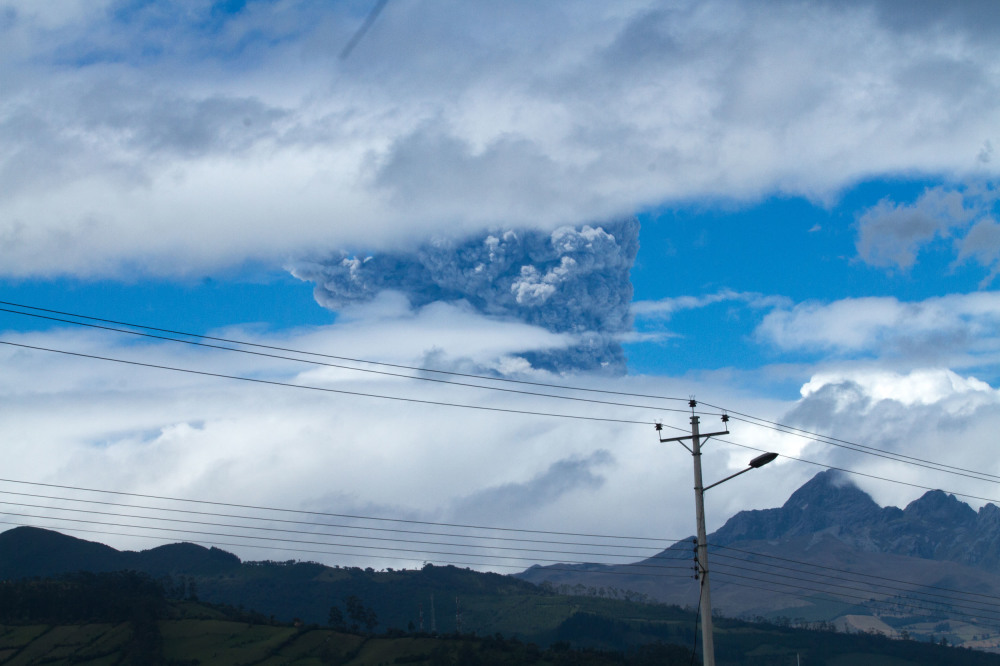
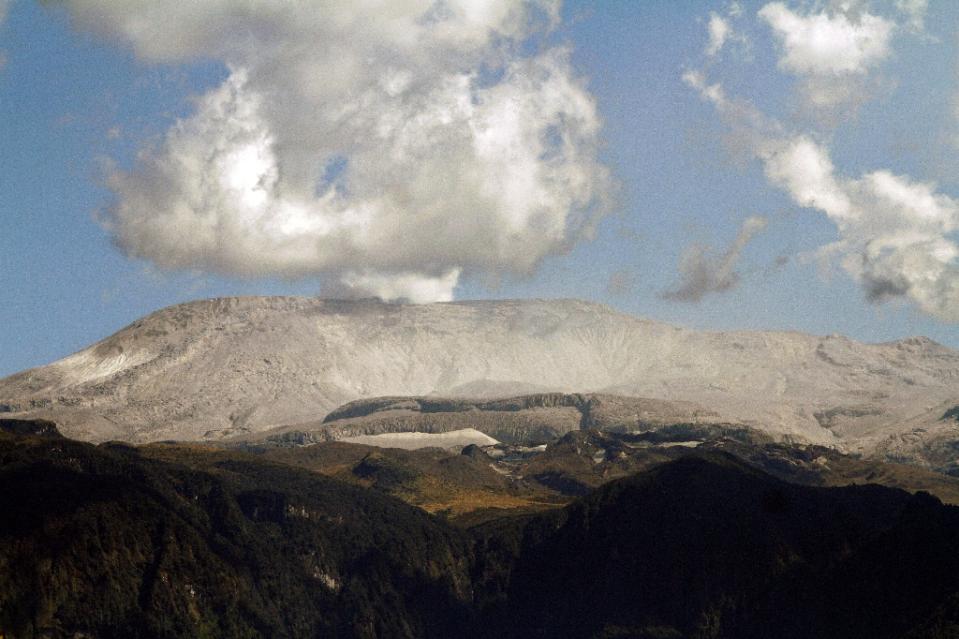
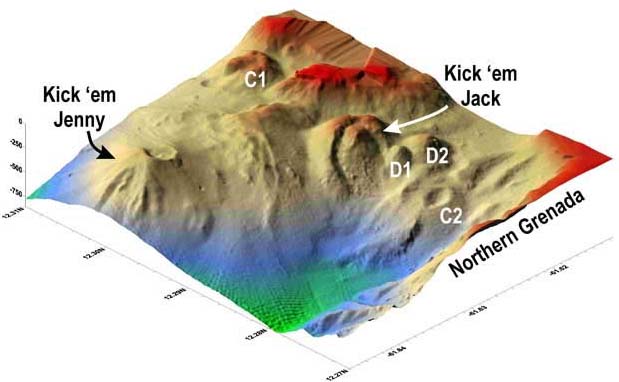

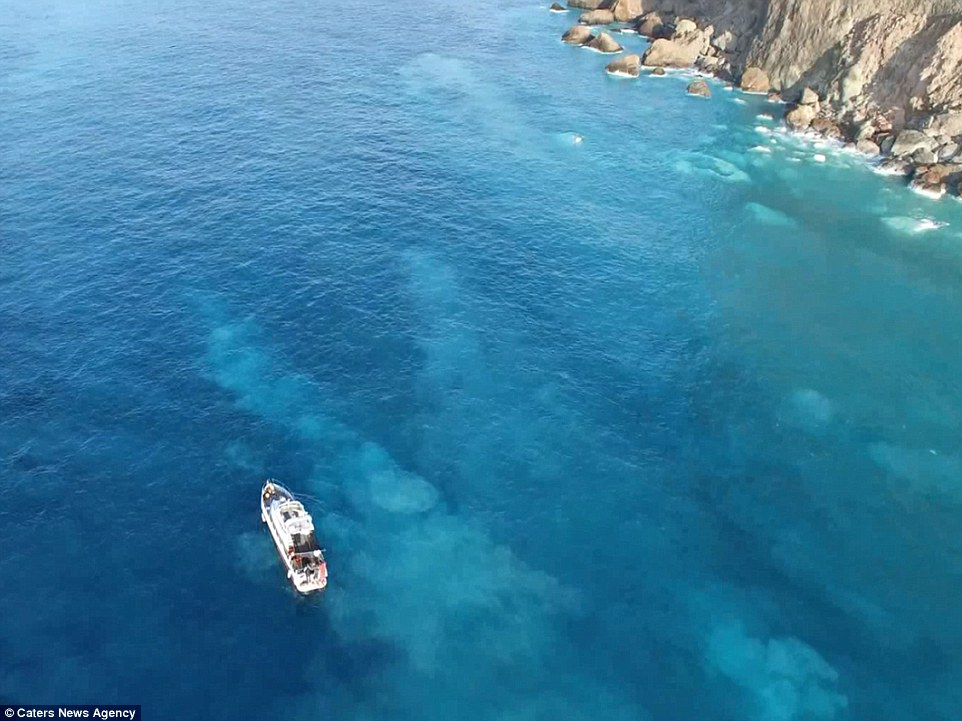
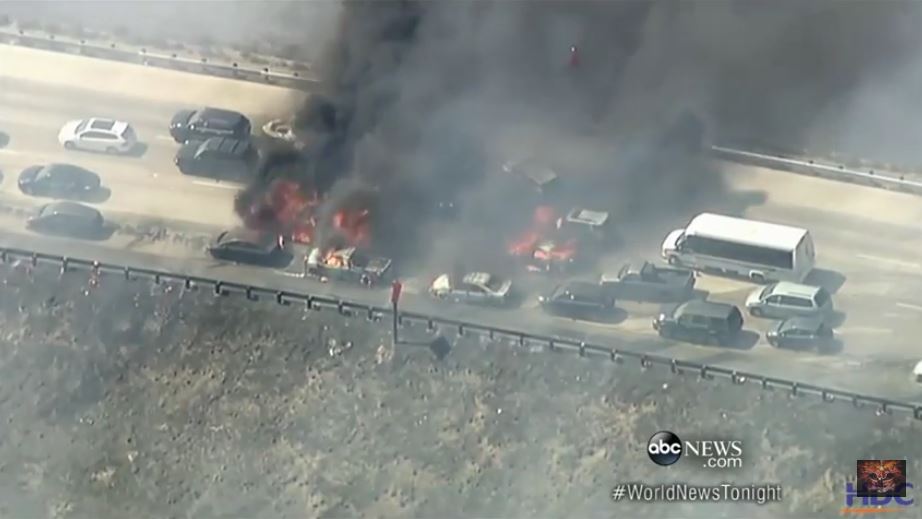
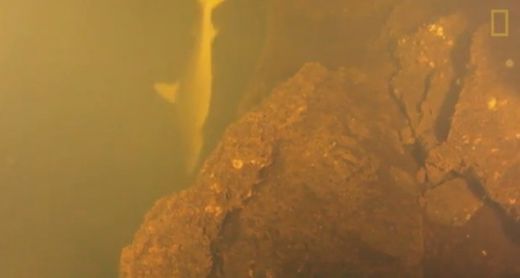



Comment: Has there been an increase in volcanic activity recently? Actually, the number of volcanoes erupting right now is greater than the 20th century's YEARLY average!
See also: Russian scientist: Slowdown in Earth's rotation means we're on the verge of major climatic upheaval